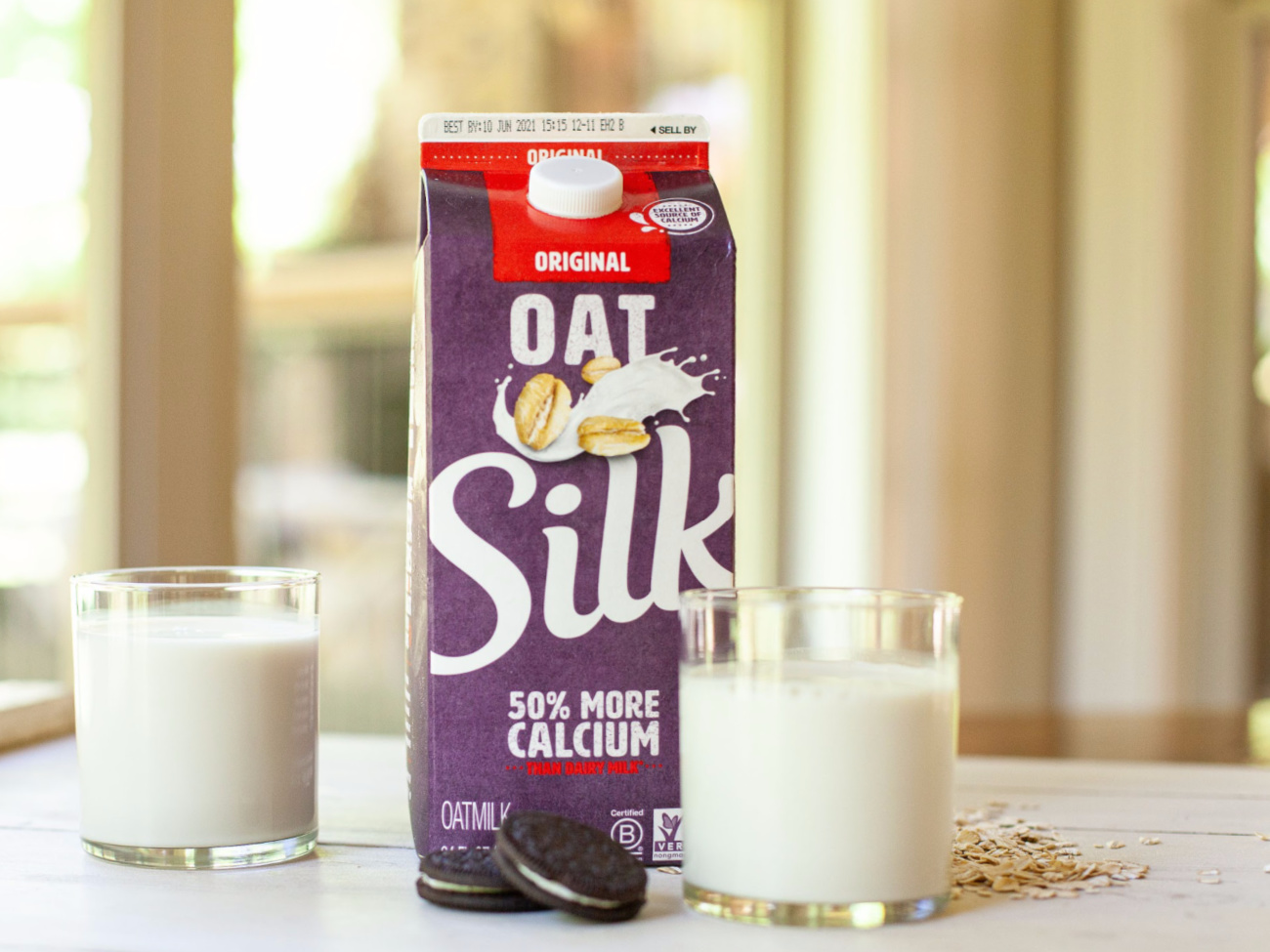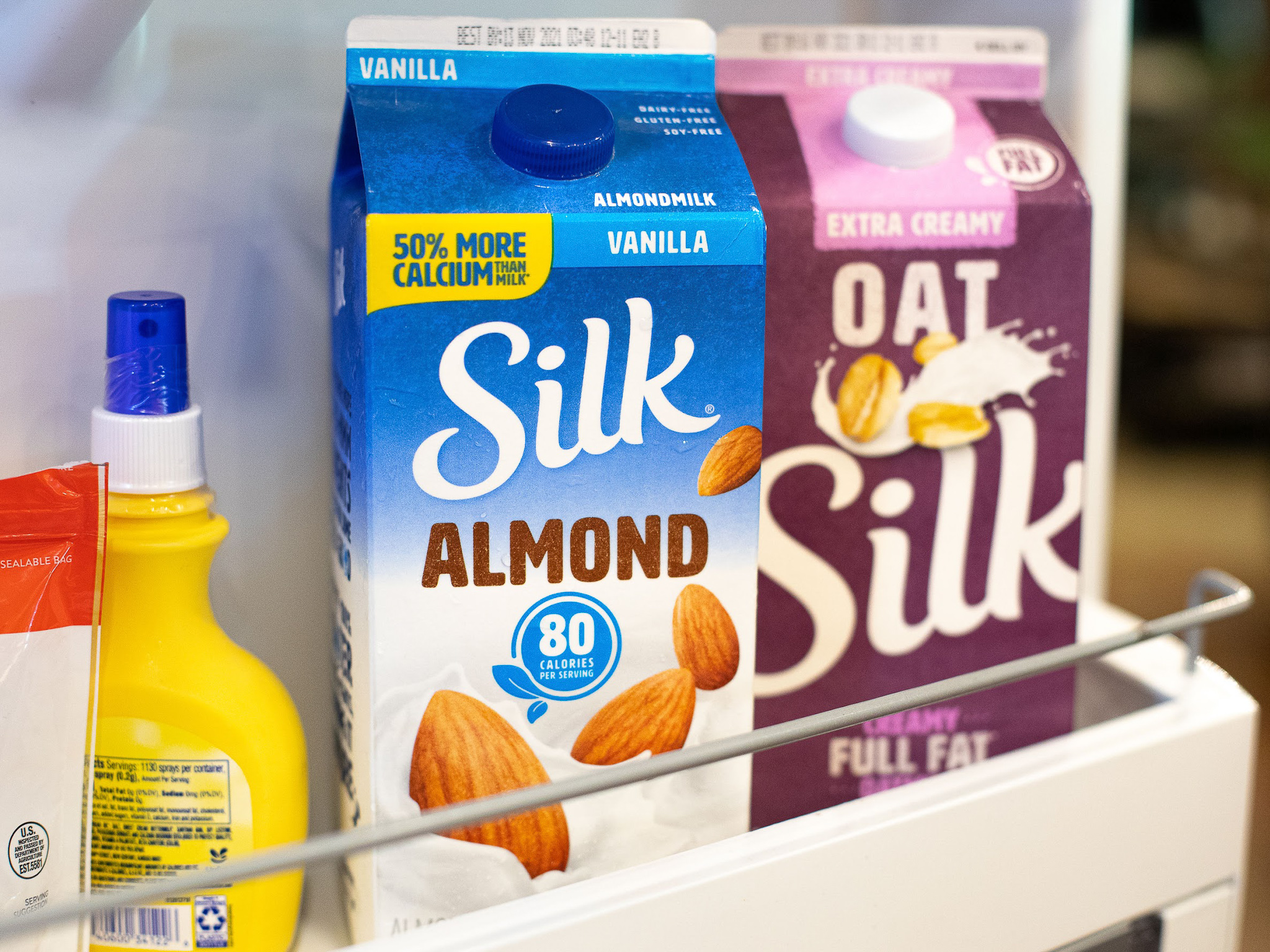This post is sponsored by Silk. All comments and opinions are my own.
Do you love dairy more than it loves you? Lactose issues are more common than you might think. But thanks to Silk, you have an alternative to traditional dairy milks that offers you the taste you love.
When it comes to lactose-free milk, Silk is the brand whose creaminess you can taste right from the first sip all the way to the last.
That incredible, creamy taste isn’t the only benefit, though. You might not realize it, but Silk Oatmilk has 50% more calcium than dairy milk*, with 460mg in every cup! It’s also vegan, non-GMO project verified, and an excellent source of Vitamin D, Vitamin B12, and riboflavin. And if you’re gluten free, I’ve got good news: so is Silk! You can enjoy it on its own or as an alternative to dairy milk in your favorite smoothies, cereals, coffee, and other recipes.
Another thing that I appreciate about Silk is their commitment to environmental sustainability. They call it being the milk of the land. They don’t milk almonds. They sun them, grow them, and turn them into creamy almondmilk. Plus, Silk restores water to rivers drop for drop putting back what is used to grow their oats. So no matter what variety you choose you’ll get a smooth and delicious taste that you love in a plant-based product that you can feel good about serving to your family!
At the end of the day, the product that I purchase has pull its weight in the kitchen for me to come back for more. Silk products are definitely a winner for me. I love the great taste and the versatility.
Yep, Silk is even more versatile than you might think. Of course it’s delicious for cereal, smoothies and pretty much any way you’d use traditional dairy milks. I’ve also used it to make dairy-free salad dressings, desserts, sauces and it’s so many other tasty recipes. For some ideas and inspiration, head over to Silk.com to see all the ways to add some great taste to your favorite meals and recipes.
Be sure to visit Publix.com and look for a coupon to save on your next purchase.

* per the USDA, ARS, and FoodData Central, 2021















0 Comments